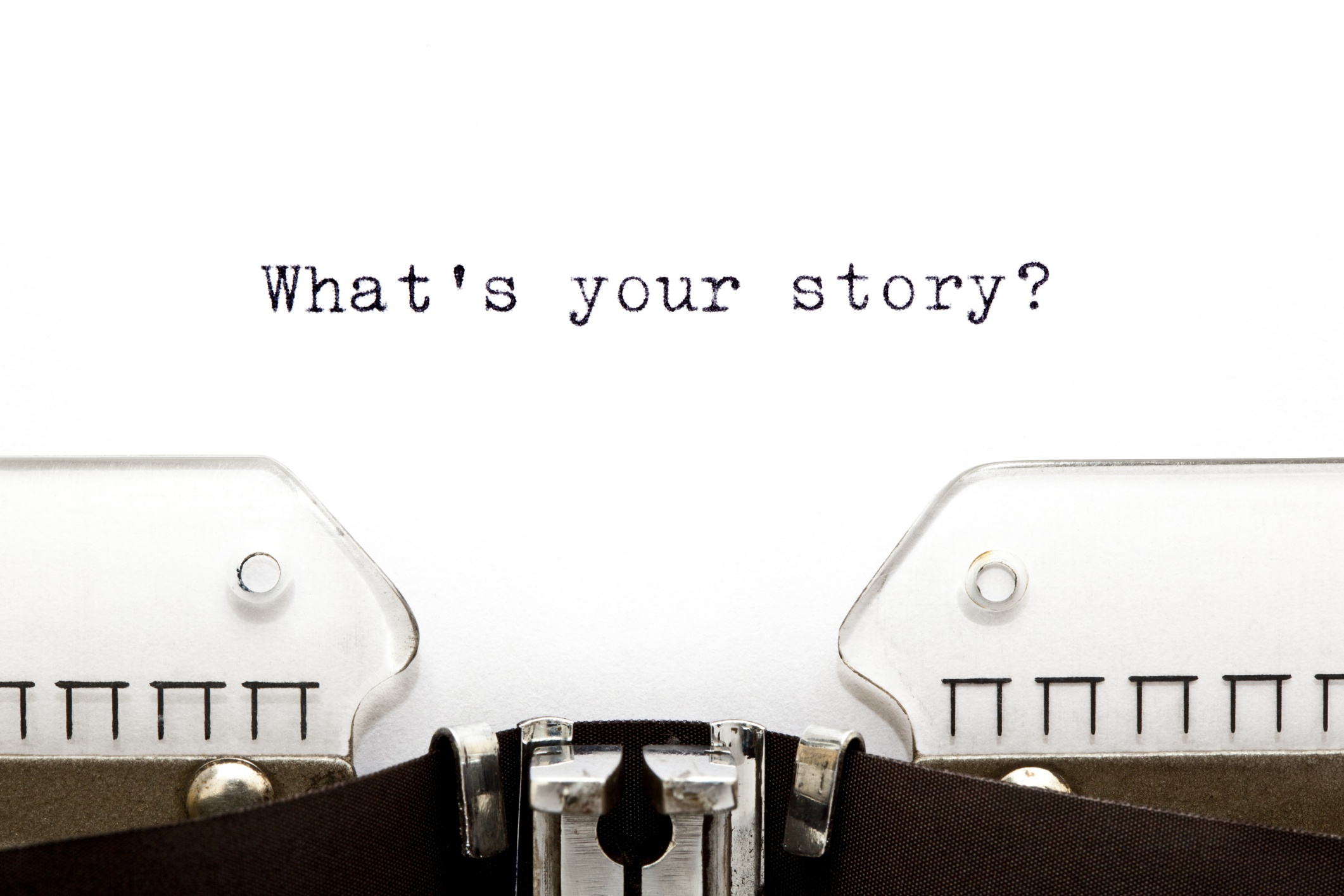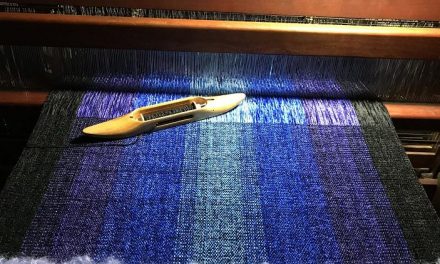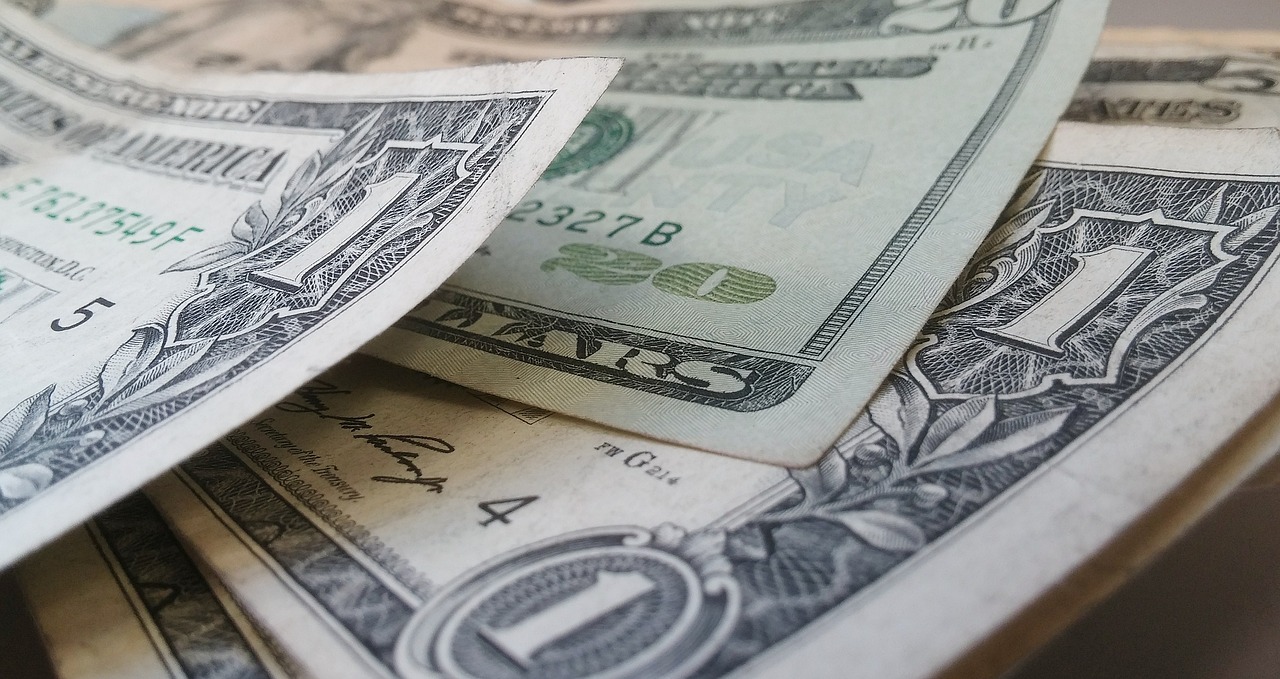By Kindra Hall
One of the best salespeople I have ever know is a little old lady who wore a shower cap whenever she went outside, “just in case it rained.”
My grandmother, Phyllis.
Growing up, I spent many a Saturday with her at her beloved craft shows. The day always started with Grandma, Grandpa and I loading up the car with boxes and boxes of my grandmother’s handmade treasures. She pestered Grandpa to be gentle while he protested that yarn wasn’t fragile, and I sat in the back seat dreaming of the chicken nuggets and fries I would get if I behaved.
We would arrive at a church or school gymnasium, set up the folding table and chair (I sat on the floor), and then wheel in the product. Endless containers full of plastic needle pointed coasters, toilet paper roll covers, and Kleenex box holders. There were crocheted ornaments, Christmas tree skirts, and googley-eyed Santas. Winter headbands and scarves, Easter baskets, baseballs, basketballs, unicorns. You name it, she needle pointed it.
And then there was her best seller – her golf stroke counter. Ten big colorful beads wrapped in a particular way between thick pieces of crafting cord. Each time a golfer took a stroke, they could slide the bead up the rope and play a fair round (even if their memory failed them).
I remember standing next to her as the heavy metal doors of a cafeteria opened. Like a light switch, Grandma turned ON! As the crowds gathered around her booth she held up items and told a story for each: the joy of watching her grandson hanging Santa ornaments on the tree, or her party guests envying her tasteful toilet paper.
But her best story was always about Judith and the golf stroke counter. My grandmother told her potential customers about Judith who used her failing memory to her advantage on the golf course. “She was a cheater!” Grandma would say. The stroke counter stopped a cheater and saved a friendship. My grandmother was slinging golf stroke counters like nobody’s business.
Now if you had asked my grandmother if she considered herself a salesperson, she would have laughed in your face and said in her thick Minnesota accent… “Oooohhh nooooo. Me? No, I can’t sell anything.” And if you were to point out the big stack of cash in her handbag, snuggled between the used tissues and stolen restaurant jellies as evidence to the contrary, she would again refuse.
And she’d be right. Because my grandmother wasn’t “selling”, she was storytelling.
Very few people identify themselves as a “salesperson”. Yet your business depends on your ability to sell. This can be a real problem and keep your art from achieving the success it deserves. Fortunately, there is a very simple solution. That solution is storytelling.
Bye-bye Scary Selling, Hello Storytelling
If the thought of “selling” makes you a little squeamish, never fear. All you need to do is reframe your thinking. You are not a salesperson, you are a storyteller. You tell the story of your art and the stories of the difference your art makes. You aren’t making a pitch, you are simply sharing a story that could be relevant to your potential customer and inspire them to buy.
Not only does this take the pressure off you to sell-sell-sell, there is strategic genius behind this non-selling sales approach. Here are three ways switching from “pitch-maker” to “story-seller” will actually improve your ability to get your art in the hands of the people who need it.
1. Stories are persuasive without trying. In a typical sales setting, the seller is trying to influence the potential customer to buy an item. Unfortunately we often default to the features and benefits of our product – what it is made of, what it is good for, how it is better than other similar items they might be considering. Unfortunately, these bullet points do little to tap into the emotions and desires of the potential buyer. They do little to inspire action. Not to mention, they’re boring.
When switching to story as your go-to sales strategy, not only are you more interesting to listen to, you also gain the persuasive advantage. As you begin sharing the story, your potential buyer’s brain is so busy adding imagery to the words and making sense of the story (something our brains are wired to do), that they don’t have time to build walls of objections. Additionally, a story puts the product in a context and subtly displays the problem the product solves or the desire the product fulfills (think cheater-Judith or the pride a grandmother feels watching a grandson place her gift on a Christmas tree).
2. The Theory of Reciprocity. Sales experts will assure you that a brilliant technique is to “give” your potential customer something so they will feel obligated to reciprocate. By “reciprocate”, they mean buy.
But instead of handing them a mint or a bottle of water, share a story. When my grandmother shared her stories, she endeared herself to the potential customer. To show that they appreciated it, they bought. This act of opening up, of sharing a piece of yourself, of being vulnerable and authentic does not go unnoticed.
Now certainly, you would have to tell a pretty big story if the work you are selling is at a high price point, but never underestimate the power of making a story investment. Stories are a currency as old as mankind and they continue to hold their value today.
3. The Ripple Effect. The third secret to using story is the ripple effect a story creates. Surely, you know a significant amount of sales occur because of referral or repeat business. But with so much competition and society’s ability to tune out typical sales messages, how do you get your name out there? You tell stories.
If you want word to spread about your business, you have to give people easy words to spread. People like hearing stories and they like re-telling stories they’ve heard. Frequently customers would come to my grandmother’s table and refer back to her stories. “I told my mother about your friend Judith on the golf course and she has a friend named Patty who does the same thing! She asked me to buy some for her whole league.” The story of Judith was easily retold to customers’ friends who in turn, became customers, who in turn retold the story… See how that works? The potential ripple effect of one story means sales without selling!
The Storytelling Shift
Sadly, my grandmother is no longer with us. However, as we are deep in the holiday season, many of her plastic needlepoint masterpieces still are. And this Christmas, as my children and I hang her ornaments on the tree, I will tell them stories of their great-grandma Phyllis (and her questionable friend Judith), and in that way her art will live on.
The next time you find yourself in one of those pesky “sales situations” (please sense the sarcasm), focus on shifting your thinking; you aren’t a salesperson, you are a storyteller. Do that and your business will never be stifled by your fear of selling again.
Kindra Hall is a professional Speaker and Story Telling Consultant. With over 20 years of experience, Kindra captivates audiences with her engaging style and actionable content. Kindra works with speakers, entrepreneurs, and business owners to find, craft, and perfect their personal stories for maximum results. Download her free e-book and video series here.








